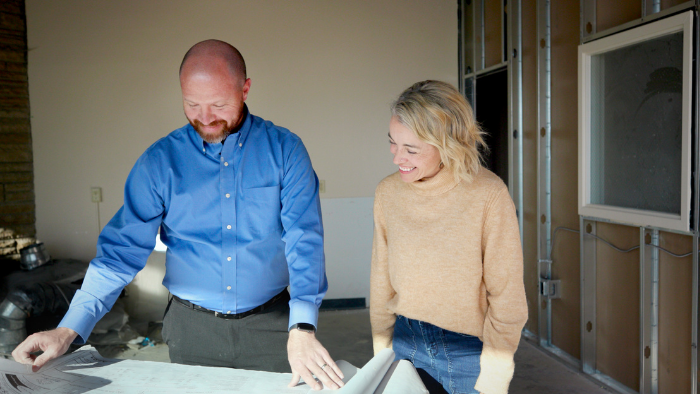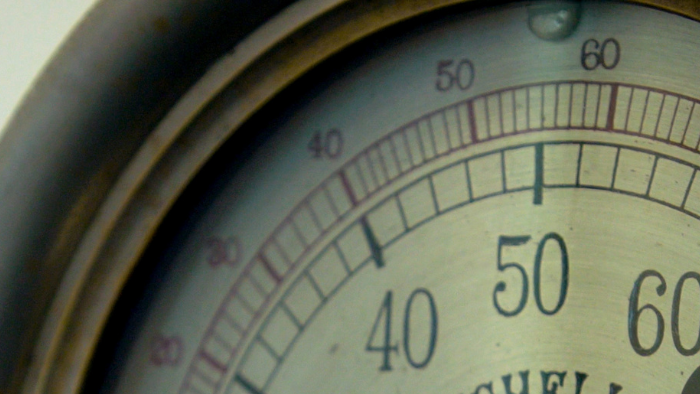For many businesses, energy efficiency and environmental stewardship are high priorities. One way to make significant progress on these goals is by conducting a comprehensive energy audit. During the audit, the auditor will inspect the building’s heating, ventilation, and air conditioning systems; lighting; hot water distribution; and use of equipment such as dishwashers, dryers, etc. The audit will also check for weatherization opportunities in windows and doors, insulation quality, and any repairs necessary to conserve natural resources.
What is an Energy Audit?
An energy audit is a comprehensive process that begins with evaluating current energy usage, identifying energy-saving opportunities, prioritizing retrofits and initiatives, implementing selected projects, and measuring results.
Energy audits can help businesses increase the value of their assets, lower overall ownership costs, and reduce their carbon and environmental footprint. Usually, the resulting projects will also increase the comfort level of your employees, customers, suppliers, and other visitors who use your building and improve overall health and safety.
Depending on the time, money, and other resources available, you have several options regarding scope and detail. According to the American Society of Heating, Refrigeration, and Air Conditioning Engineers (ASHRAE), there are three levels of energy evaluations:
Level I: Walk Through Assessment
The Walk-through Assessment is the most basic audit designed to help you begin the energy audit process. It’s a birds’ level view of a commercial building’s energy consumption.
A walk-through assessment will typically include interviewing key employees, reviewing utility bills over the last year, and walking through the facility. The results of a level one assessment will focus on obvious areas of energy inefficiency. In addition, they will usually include low-cost solutions to implement as well as areas for future consideration.
The main goal of this basic audit is to establish a baseline measurement so you can see improvements as you implement changes. It can include a comparison to similar buildings and provide a roadmap for future energy audits and projects.
Level II: Energy Survey and Analysis
This second level includes level one activities but adds data collection and more detailed reports. The evaluation of energy use is analyzed by end usage, which can help pinpoint the specific areas that should prioritize
Employee interviews are more involved, seeking to discover insights about the building’s operations, identify specific problems, and outline financial and non-financial goals.
By performing an energy survey and analysis, businesses can target particular areas for energy improvement and better handle how the commercial building is working overall. This audit prioritizes those projects that will generate the highest return on investment.
Level III: Detailed Analysis
The most detailed ASHRAE audit is the level three analysis, which builds on the first two auditing levels. This level will cover the engineering factors for improvements, which require more detailed data and analysis.
For example, utility usage will be broken down into sub-metering of energy use so that the audit team can look specifically at areas such as an HVAC system or a particular production line. Level three auditing is for those businesses who have completed the more basic audits and want more assistance in determining how to approach larger capital energy projects with confidence.
This detailed baseline can help justify larger capital expenditures once implemented and generate savings and results.
Your organization may also choose to conduct an internal energy audit, which will allow you to customize your goals, measurements, timeframe, and priorities, or hire a third-party expert to manage one for you.

Five Reasons Your Commercial Building Should Conduct an Energy Audit
Although energy audits do require some investment, there are important reasons for businesses to conduct energy audits for commercial buildings. Here are the top five:
- Energy Savings
Perhaps the most important reason for conducting an energy audit is to save energy. As building systems age, they inevitably become less energy efficient. In addition, new technology and developments are focused on creating more energy-efficient solutions regularly.
The key areas ripe for energy upgrades are lighting retrofits; heating, ventilating, air conditioning (HVAC) systems; process, and production or industrial operations.
- Cost Savings
Hand-in-hand with energy savings comes cost savings. If your business finds ways to reduce its energy usage through retrofits and upgrades, reduced expenses will result. An energy audit can help define which changes and improvements will result in your particular company’s most significant return on investment.
In general, typical projects that generate payback under five years include:
- implementing lighting retrofits such as delamping and replacement
- incorporating variable speed drives for pumps and fans
- making control changes and repairs
- retro-commissioning equipment, and
- using natural light where possible
Energy audit projects with a payback time horizon of longer than five years can include replacing HVAC systems with high-efficiency units, converting constant air volume to variable air volume, rewiring lighting control systems, replacing boilers or chillers, and upgrading to EnergyStar equipment.
- Environmental Stewardship
Commercial buildings are responsible for nearly 40% of carbon emissions each year; therefore, every business that chooses to conduct an energy audit and act on results can significantly impact the bottom line.
Consider that most commercial buildings have an average lifespan of 50 to 100 years. Assuming they consume energy during their entire lifespan, the country alone could save 6 million metric tons of emissions if only 50% of those buildings used half the power they use today.
- Maintenance and Operations Cost Reduction
A well-orchestrated energy audit can help identify the processes and areas where your commercial building may be consuming the most energy. When you make repairs, replacements, or retrofits, this will inevitably also reduce the ongoing maintenance required in those areas and boost overall performance. This can mean decreased downtime and improved productivity if the areas are process and production-related.
In a similar vein, energy audits can help reveal equipment malfunctions, improving your overall maintenance procedures, leading to the preservation of equipment and an extended lifespan for critical machinery.
- Image Management
Today’s consumer is more socially conscious than ever, often working hard to frequent businesses and companies that match their personal values. Businesses that prioritize green buildings and systems and value environmental stewardship can portray an image that appeals to this audience.
A business that makes improvements based on an energy audit can share its efforts in marketing and social media channels, drawing the attention of potential customers and employee talent and partnerships with like-minded organizations.
Conclusion
If your company is ready to embark on conducting an energy audit, consider hiring Kroeschell to help. Our organization has been a pioneer of facilities maintenance, engineering, and operations since 1879. Our team of skilled professionals would be happy to discuss how an energy audit can help your business save money, reduce energy usage, and be a better environmental steward.


